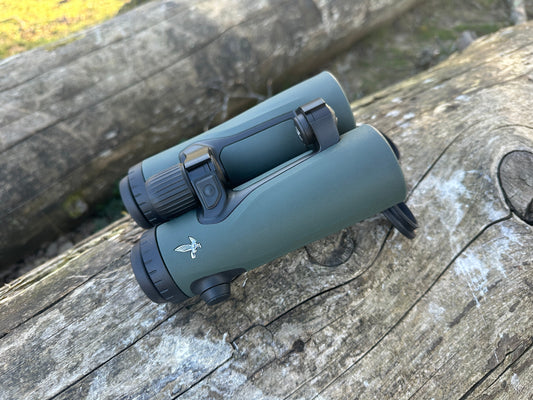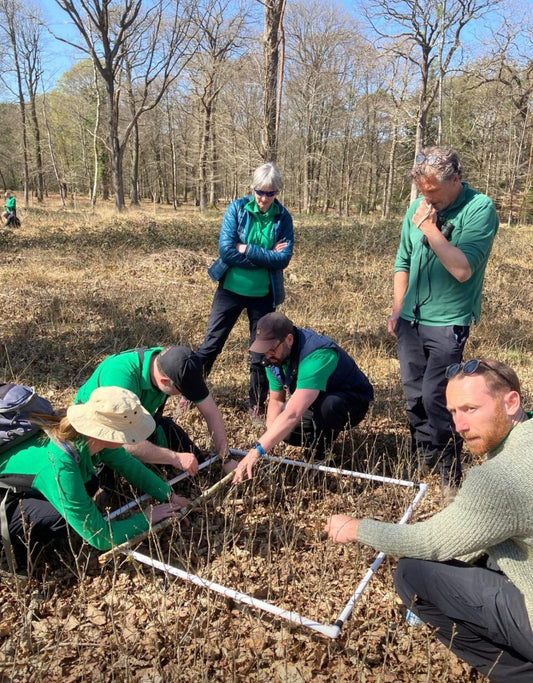The skies over the United Kingdom are not just traversed by aircraft but are also home to a myriad of wildlife species. The co-existence of aviation and wildlife is a delicate balance maintained with strict regulatory frameworks and operational guidelines. One such guideline is the Civil Aviation Authority's (CAA) CAP 772, which delineates the approaches to wildlife hazard management, particularly focusing on aerodromes subject to UK CAA national aerodrome licensing requirements.
Guidance Overview: The CAA's CAP 772 is designed to offer a means of compliance towards the applicable wildlife hazard management requirements as stated in CAP 168. The guidelines shed light on the term 'in the vicinity' which refers to the land or water within 13 km of the aerodrome reference point. This distance, although not a specific requirement, sets a perimeter to safeguard against wildlife hazards.
Mammalian Concerns: While the primary focus in aerodrome wildlife management often leans towards avian species, mammals too, pose a certain level of threat. Over the past two decades, UK strike data reveals a low probability of mammalian strikes to aircraft. However, when such issues arise, the guidance insists on seeking specialist advice.
Various mammals like red foxes, deer, sheep, hares, cats, rabbits, badgers, hedgehogs, and bats have had encounters at UK aerodromes. Of these, deer and foxes have been involved in occurrences resulting in aircraft damage. On the smaller scale, rodents such as mice and voles, although posing no direct strike hazard, may attract predatory birds to the airfield, exacerbating the avian hazard.
Deer Hazards and Management: Among the mammals, deer pose a unique challenge due to their size and behavior. The guideline highlights a small number of collisions between deer and aircraft, with a higher risk noted during the hours of darkness. In instances where deer find their way onto aerodromes, the guidelines recommend identifying and closing off the entry route onto the airfield. Additionally, any scrub or tree plantations providing cover for deer should be either removed or substantially thinned out.
Taking a cautious approach, the guidance advises against shooting deer due to the inherent firearm and safety requirements. Instead, it strongly recommends consulting deer management experts to address such issues.
Conclusion:
The CAP 772 guidelines provide a robust framework for addressing the wildlife hazards, particularly mammalian, at aerodromes. Ensuring a safe sky above and a safe ground below necessitates a collaborative effort between wildlife management experts and aerodrome operators, adhering to the established guidelines and adapting to the evolving challenges in wildlife hazard management. Through a thorough understanding and implementation of CAP 772, aerodromes across the UK can significantly mitigate the risks posed by wildlife, ensuring the safety and efficiency of aviation operations.
For more in-depth understanding, the full CAP 772 guidelines document can be accessed here.
Contact Us
At Wildscape Deer Management, we specialize in providing expert deer management solutions tailored to the unique operational dynamics of aerodromes. Our team of professionals is well-versed with the CAA CAP 772 guidelines, ensuring not only compliance but also a significant reduction in wildlife-related hazards. We offer a comprehensive suite of services, from site assessments and deer culling plans to community engagement and regular monitoring, all designed to uphold the safety, integrity, and operational efficiency of your aerodrome.
Should you seek to bolster the wildlife management efforts at your aerodrome, we at Wildscape Deer Management stand ready to extend our expertise and support. Our dedication to ensuring a harmonious co-existence between operational safety and the natural environment remains steadfast. Feel free to reach out to us to explore how we can tailor our deer management services to meet the unique needs of your aerodrome, ensuring compliance with CAP 772 guidelines and beyond.




